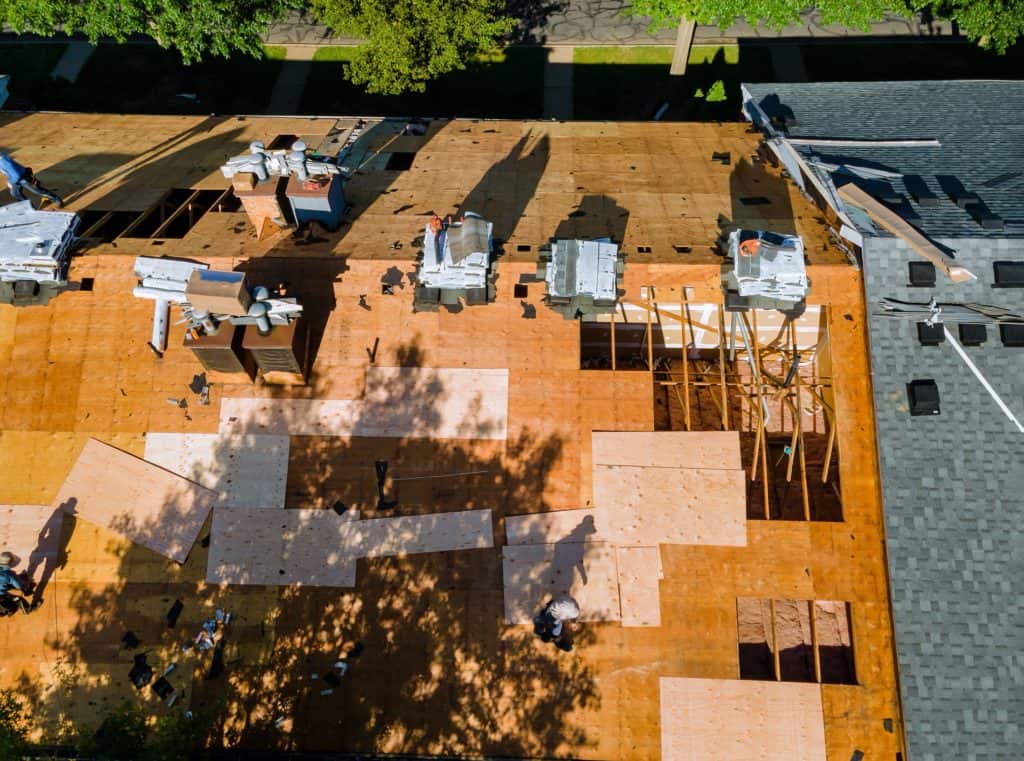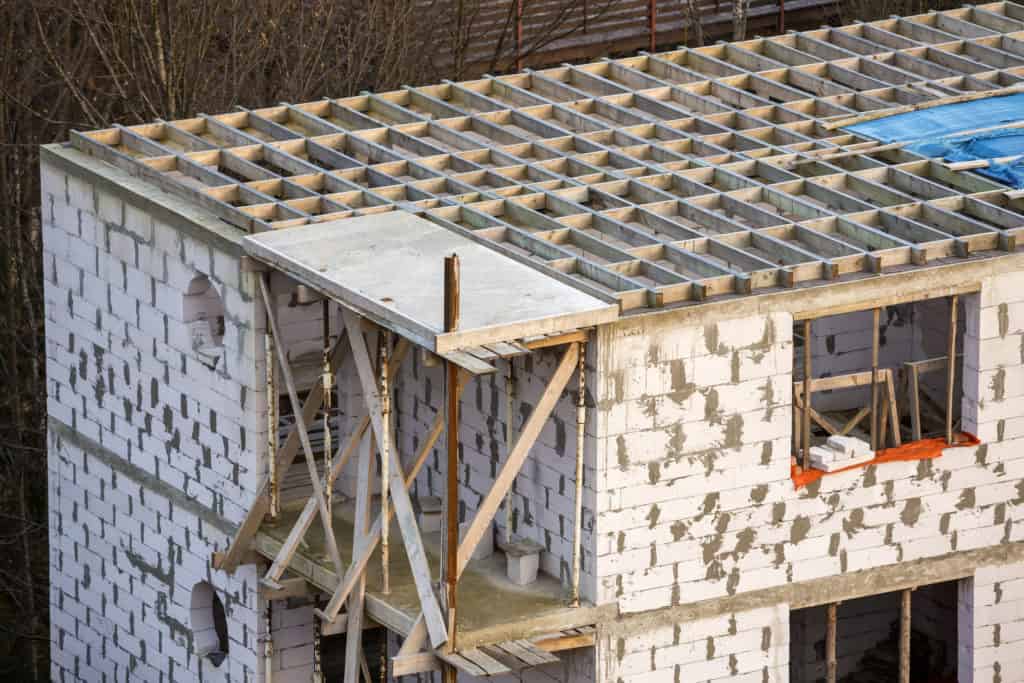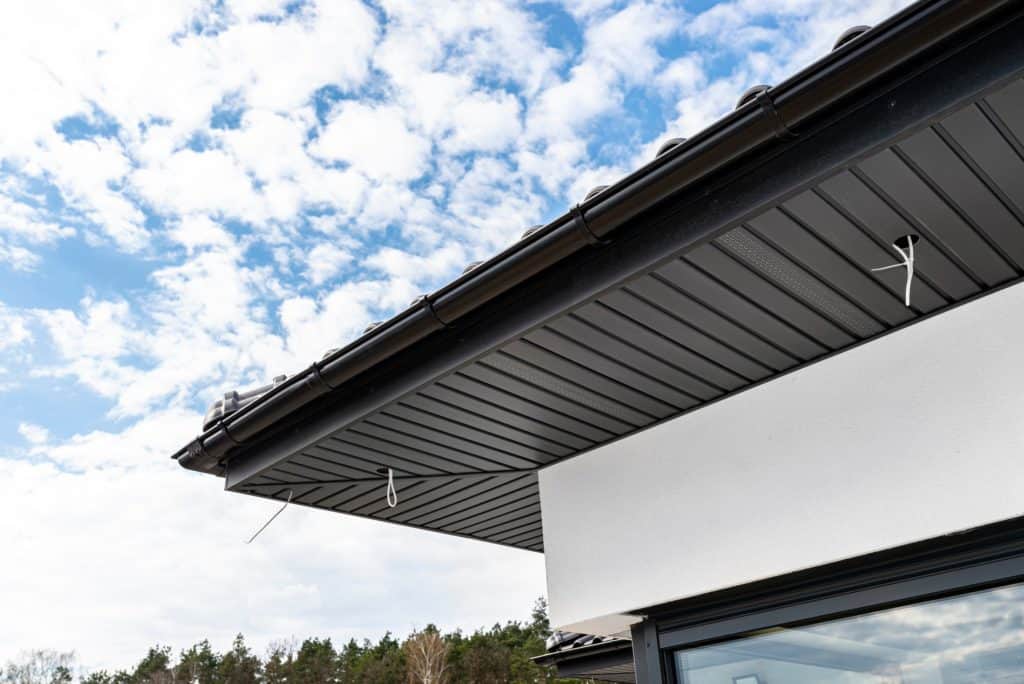When getting i, it’s essential to understand precisely what is included. You’ll be able to make an informed decision and ensure you’re getting the most for your money. Here’s what you can expect from the materials used to replace your roof.

Roof decking
Roof decking is part of the roof that lays underneath the shingles. If your decking is rotten, water can’t drain properly, or there are holes in it, you’ll need to get it replaced. However, you won’t need to replace the entire roof.
Today, there are a variety of materials used for roof decking. The most common materials are plywood and OSB. They come in various thicknesses; you can choose what works best for your home. The best option depends on your budget and the availability of wood. If you are replacing your entire roof, you may need to replace the decking.
Roof decking is an integral part of your roofing system. It lays on top of rafters and trusses and provides a secure place to secure the rest of the roofing system. It is a vital part of your home’s structure; you could have severe problems if damaged.
Roof flashing
If you’re considering replacing your roof, ensuring that your flashing is in excellent condition is vital. Roof flashing is an intricate process; even the smallest gap can lead to expensive problems later. A professional roofer can check for damage to the flashing on your roof and make repairs accordingly.
Several types of flashing are available, including galvanized steel, copper, and aluminum. You should select flashing that matches the rest of your roof material. Your roofing contractor will advise you on the best material for your needs and where to purchase it. Copper is the most durable metal for flashing, and it doesn’t rust or develop a green patina over time.
In addition to roof flashing, you should ensure your vents are adequately covered. When choosing a flashing for a vent, make sure it fits around the entire opening. A good size is eight to 14 inches.
Underlayment
Underlayment is a crucial component of your roof. It provides additional insulation, and your energy bills will increase if it fails. The failure of the underlayment can also cause outside light to penetrate the attic. To avoid this, get your roof inspected by a professional.
There are several types of underlayment to choose from. Some are made of felt, and others are made of synthetic materials. Synthetic underlayment is made of woven polymers that resist water and mold. They are lightweight and easier to install. In addition, they are UV-resistant, making them an excellent choice for uncovered roofs.
Different types of underlayment are used for different kinds of roofs. Some are waterproof and suitable for colder climates, while others are budget-friendly. When you choose your underlayment, consider the climate, outer roofing materials, and slope. For example, a lower-sloped roof may require felt underlayment, while a steeper roof may require asphalt-saturated felt.

Drip edge
Whether you plan to replace the roof or need to repair it, a new drip edge is an essential part of the project. It’s typically a white, one-to-one-and-a-half-inch-wide stripe extending around the roof’s perimeter. Installed correctly, it prevents water from seeping into the gaps in the fascia and soffit. It also keeps out tiny pests that can damage the roof.
A reputable roofing contractor will include drip edging in their roof replacement estimate. The cost varies depending on the material used. Aluminum drip edges start at around $2 per linear foot, and higher-grade materials are more expensive. Drip edges should be properly installed by a professional to avoid any problems with your roof.
Without drip edging, water can easily seep underneath the shingles. As a result, water may collect on the fascia board and cause problems. Water can also enter the attic if the drip edge is not installed. Drip edging also prevents insects and pests from infiltrating your attic. Moreover, it gives a cleaner look to your roofing system.
Ice and water shield
Whether your home has a flat or low-pitched roof, ice, and water shield are essential to your roofing system. Installing the shield on your roof is an excellent way to prevent ice dams. Ideally, a complete 2-foot overlap is created between the ice and water shield and the warm wall, about 24″ away from the roof.
Ice and water shields are made of polymer-modified bitumen and form a watertight barrier underneath your roofing material. They look like long, sticky plastic sheets with adhesive backing. The films seal around nail fastenings to create a watertight seal around your roof deck.
In addition to being necessary, ice and water shields can help prevent damage from snow and rain. A professional roofing contractor will install them for the overall roof replacement project. A polymer-modified bitumen roof membrane comprises a quarter-inch adhesive layer to resist small leaks. This membrane is also often mandated by the state.
Asphalt shingles
If you’re considering a new roof for your home, you’ve probably been thinking about asphalt shingles. These durable, waterproof, and aesthetically pleasing shingles are the most popular choice for many homeowners—however, some things to consider before committing to asphalt shingles for your roof. First, you should know about their lifespan. Depending on their quality and material, asphalt shingles may last as long as 15 years or more.
Asphalt shingles are susceptible to damage from wind and hail, which is why they should be replaced with a new one as part of your roof replacement. Most shingles can only withstand wind speeds of 120 miles per hour. They may also curl and even come off. Falling limbs can also cause severe damage to your roof. If you notice these problems, it’s best to call a roofing contractor immediately to get the problem addressed and repaired.
Asphalt shingles are available at a variety of prices. Choosing premium asphalt shingles can save you money in the long run since they’ll last longer. But remember that you will pay extra for fasteners, felt or synthetic underlayment, and waste.

Ridge capping
A roofing contractor will install a new ridge capping at the peak of your roof where the slopes meet. It is a piece of trim that is pre-bent and thick, and its purpose is to protect the seam between the roof and the shingles. This piece is essential, as faulty ridge capping can leak and allow moisture to enter your home.
The new ridge capping should match the existing roofing material. Using leftover shingles from a previous job to install the cap is a good idea. However, it is essential to remember that these shingles can quickly deteriorate depending on their storage conditions. They should be kept in a cool, dry area, away from direct sunlight. The manufacturer’s packaging should have instructions about storing shingles.
The ridge cap is made of a particular shingle covering the ridge of your roof. This type of shingle is more expensive than a standard three-tab shingle. It matches the shingles’ color and texture but offers additional protection.
Roof vents
Whether replacing the roof entirely or just repairing one area, roof vents are part of the cost. They need regular maintenance to maintain their function and keep your home air fresh. The frequency of maintenance depends on the material used to make the vents. Regular cleaning is recommended, and there may also be times when you need to replace the vents.
Roof vents are small rectangular openings that direct warm air outside while keeping chilly air in. These vents are most commonly used to exhaust warm air from the attic but can also be installed to bring cool air in during the winter. Proper ventilation increases the life of roofing materials and decreases energy bills.
When you hire a roofer to replace your roof, make sure he checks your roof’s existing vents. Proper ventilation is essential for a long-lasting roof, so hire a contractor with experience installing roof vents. Without proper ventilation, your roof will fail to last long and may cause damage.
Pipe boots
If you’re having your roof replaced, several materials will be included with your new roof. These materials include pipe boots, which seal around pipes that penetrate your roof. Pipe boots are made of rubber or metal and come in various sizes to fit different types of pipes. They’re easy to install and provide a reliable seal to keep water from leaking into your home through the pipes.



